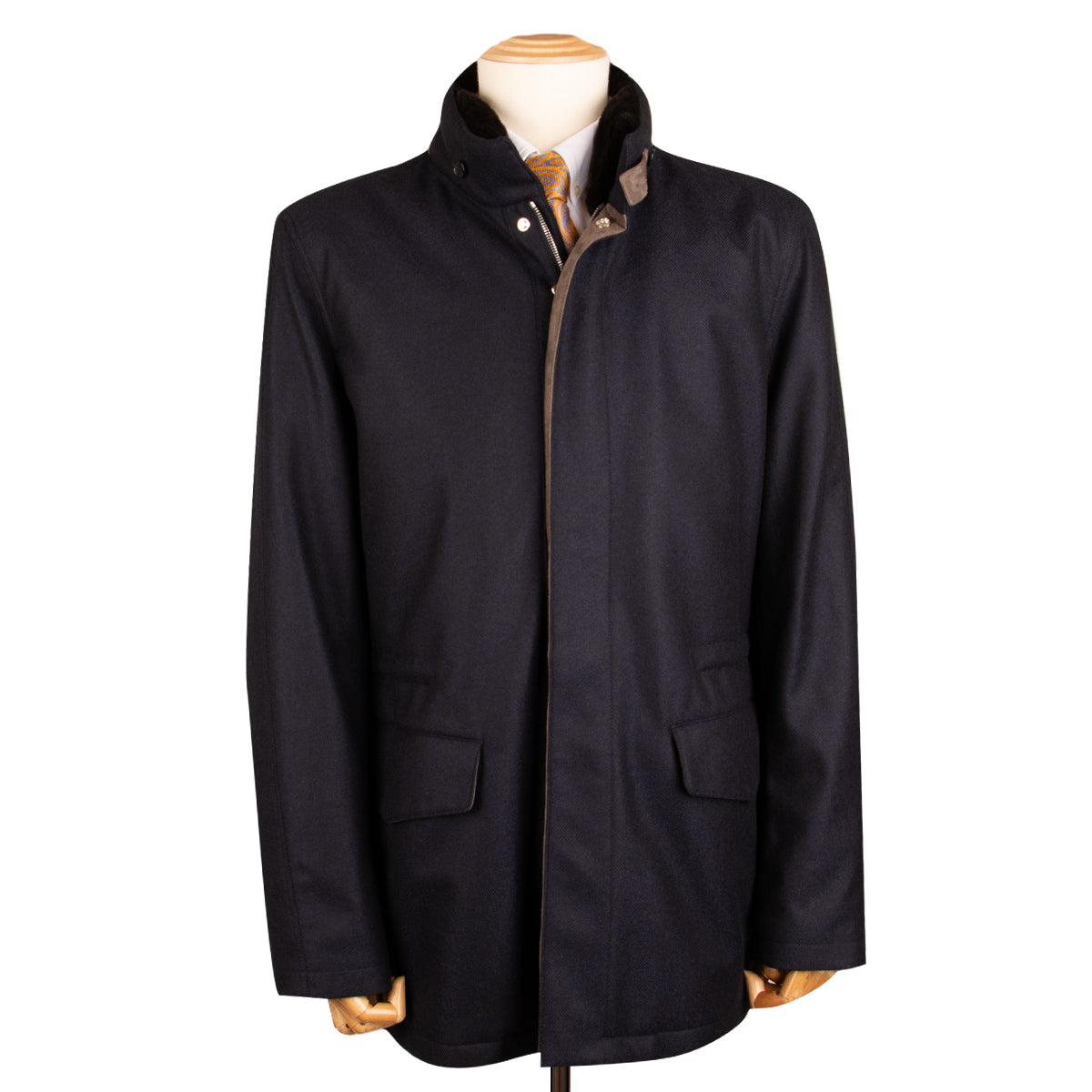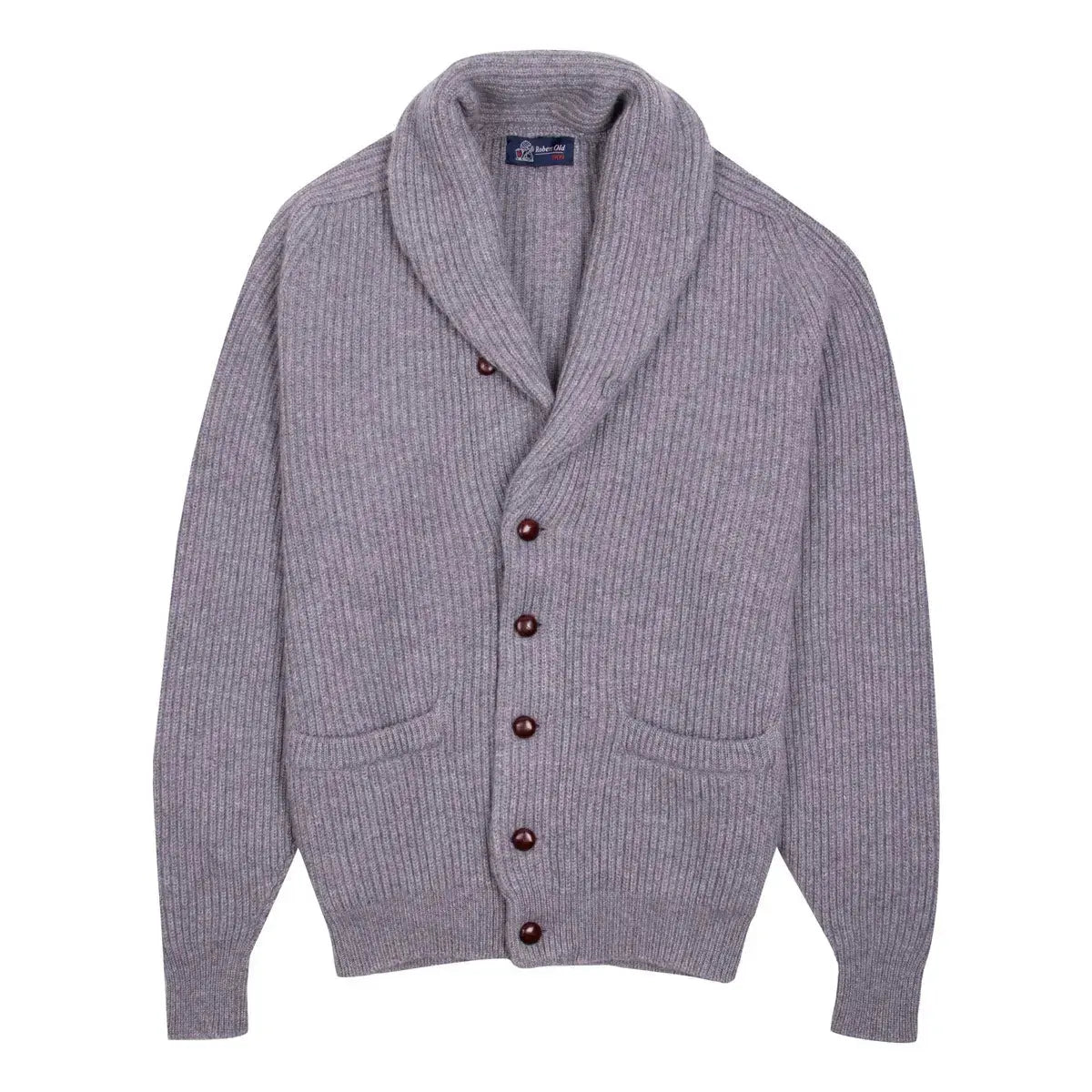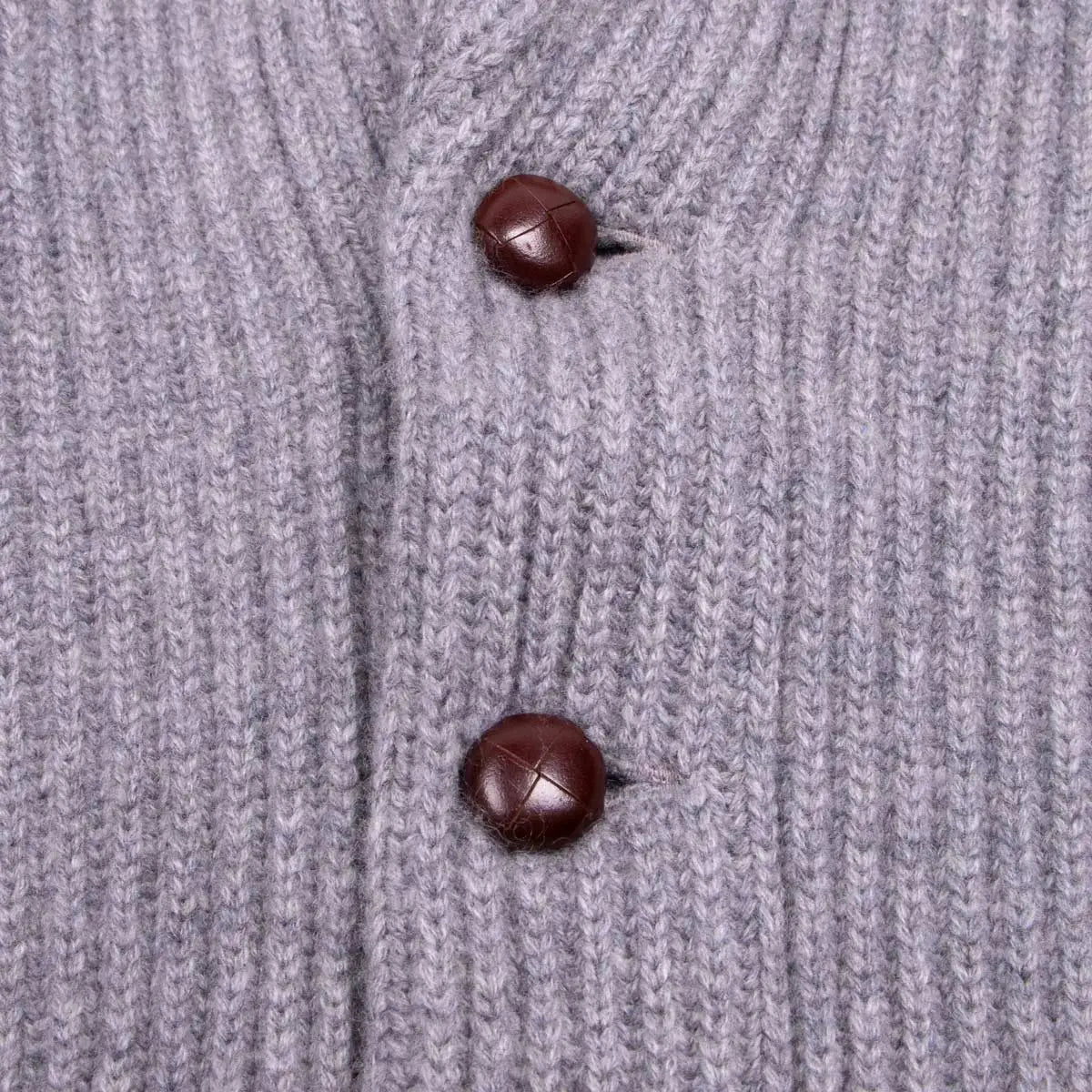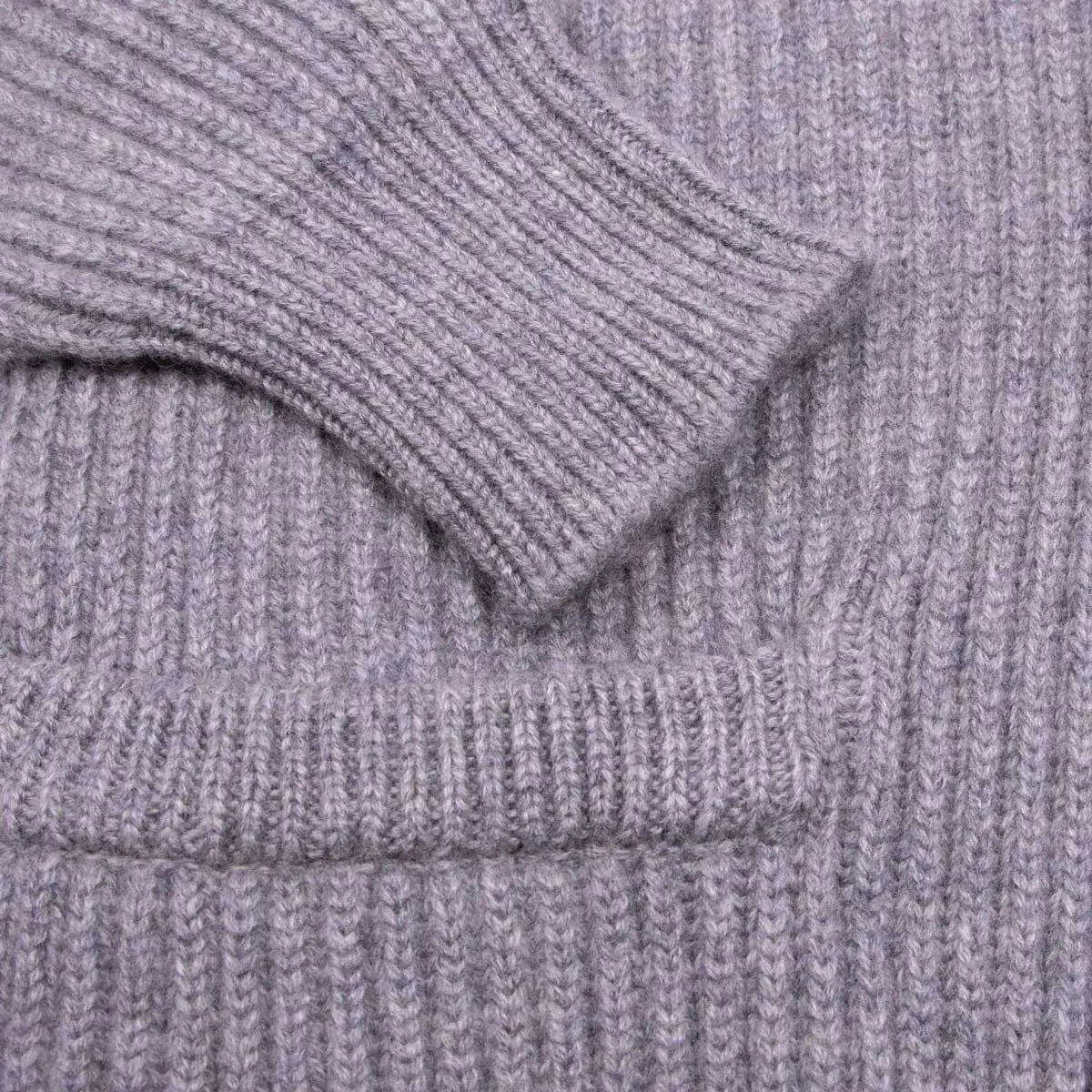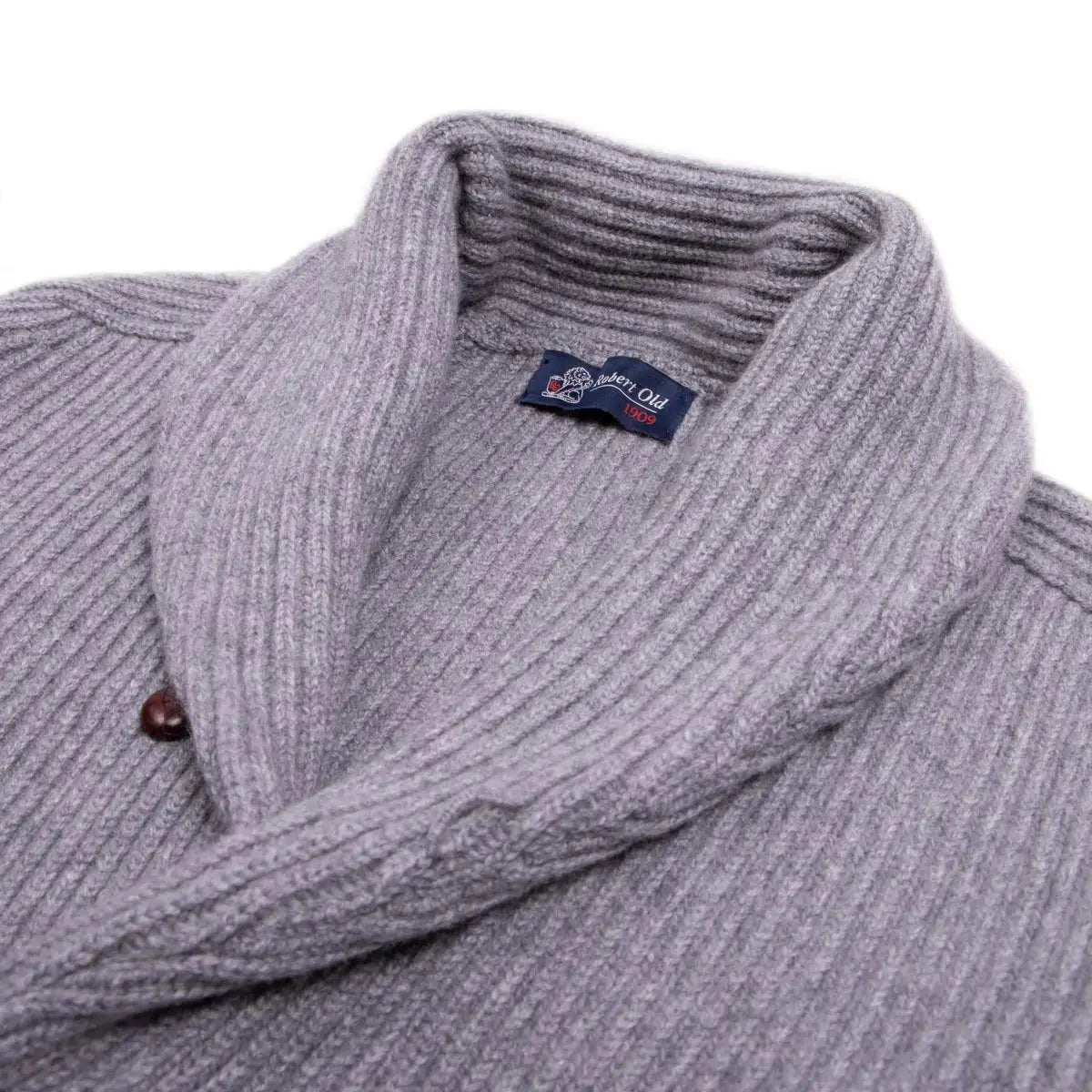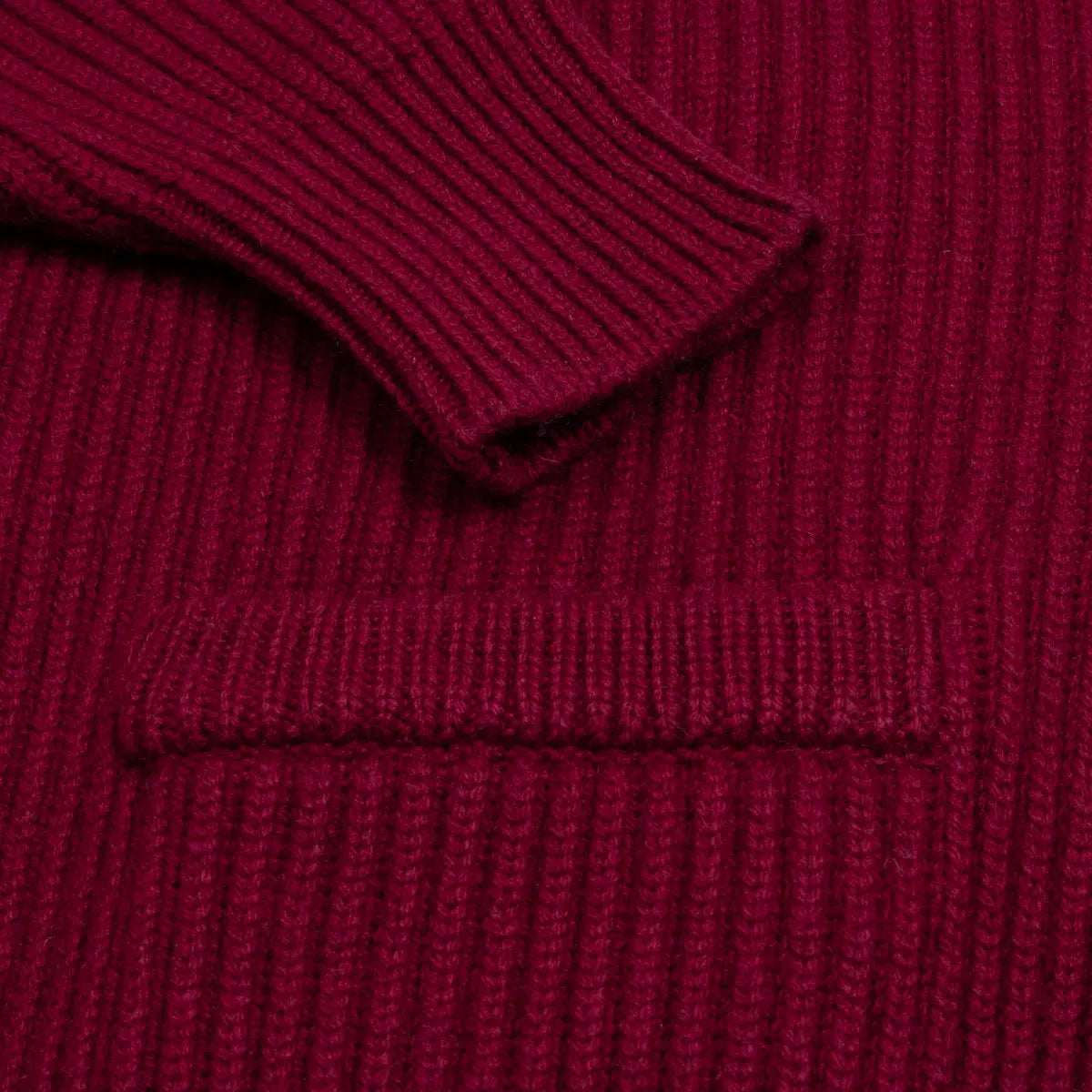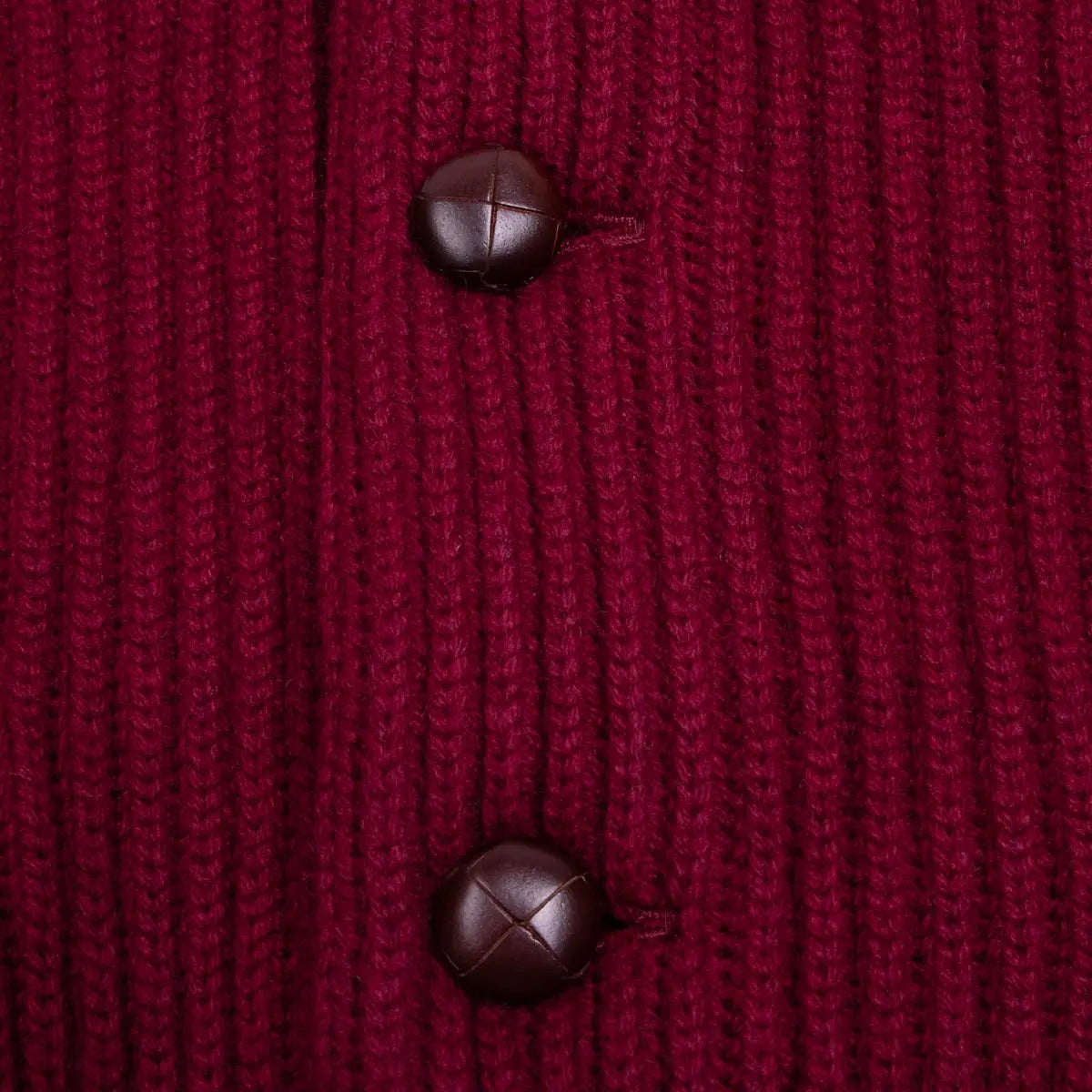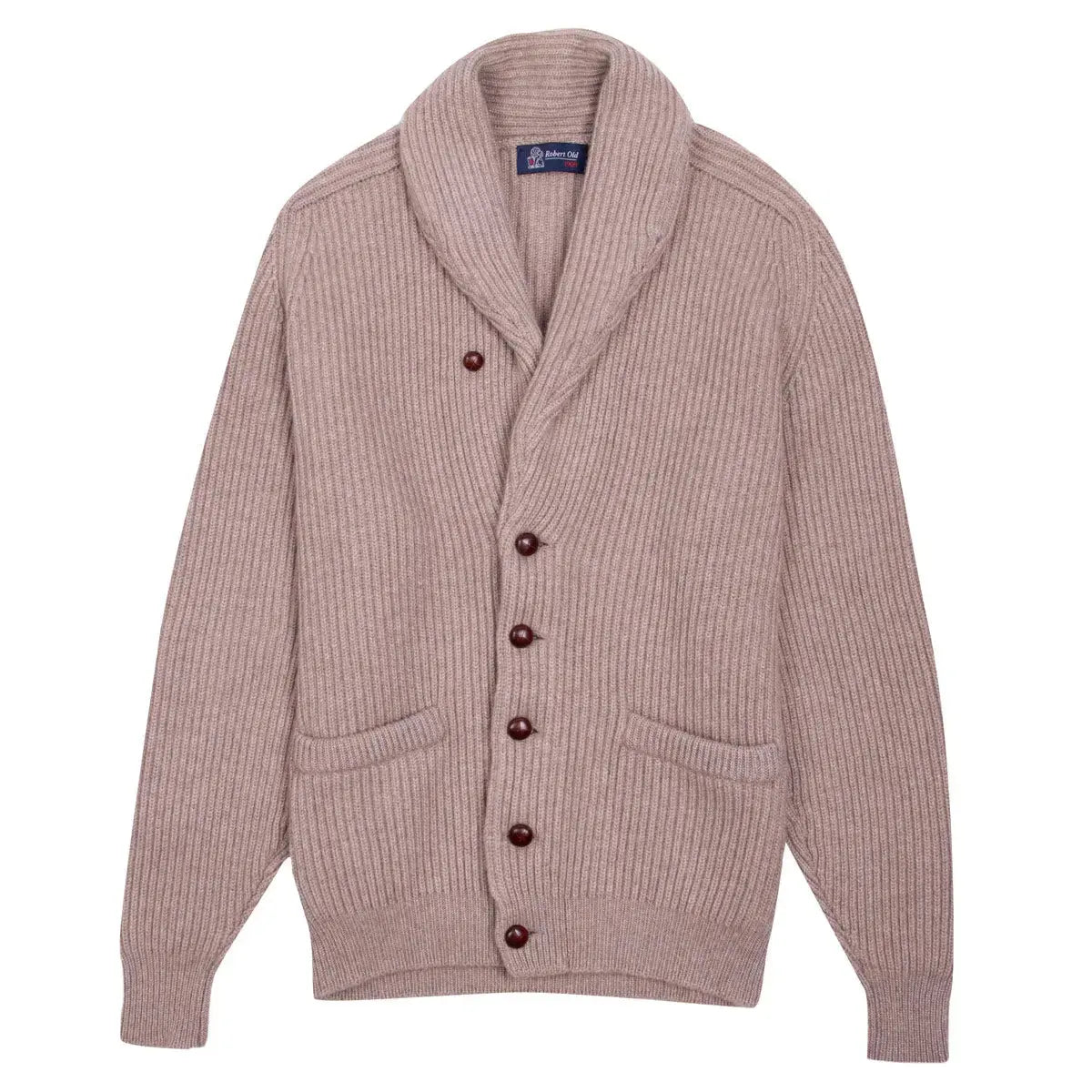Understanding the Different Grades of Cashmere

What Is Cashmere?
Cashmere is derived from the undercoat of cashmere goats, primarily found in regions with harsh climates such as Mongolia, China, India, and parts of the Middle East.
These extreme conditions stimulate the growth of finer, denser undercoats, as the goats adapt to retain warmth, resulting in superior-quality fibers. The fine, soft fibers are collected through combing or shearing during the molting season.
These fibers are then processed and spun into yarn for use in garments and textiles. You can read more about the history of cashmere in our guide.

The Grades of Cashmere
Cashmere is generally categorized into three main grades: Grade A, Grade B, and Grade C. These grading standards are widely recognized within the industry, though specific interpretations may vary slightly between regions and manufacturers. These grades denote the quality and characteristics of the fibers.
Grade A:
- Characteristics:
- Fiber diameter: Approximately 14-15.5 microns.
- Fiber length: Longer than other grades.
- Feel: Extremely soft and smooth to the touch.
- Durability: Highly durable with minimal pilling.
Grade B:
- Characteristics:
- Fiber diameter: Around 16-19 microns.
- Fiber length: Shorter than Grade A but still adequate for quality production.
- Feel: Slightly less soft than Grade A but still comfortable.
- Durability: Moderate durability with some pilling over time.
Grade C:
- Characteristics:
- Fiber diameter: Over 20 microns.
- Fiber length: Short and prone to breakage.
- Feel: Coarser texture and less luxurious.
- Durability: Least durable with significant pilling.

The key factors determining cashmere quality
The grade of cashmere is influenced by several critical factors that determine its softness, durability, and overall quality:
- Fiber Length: Longer fibers are preferred as they produce stronger and more durable yarn. They also result in less pilling, a common issue with lower-quality cashmere.
- Fiber Thickness (Micron Count): High-quality cashmere fibers typically measure between 14-16 microns in diameter, which is significantly finer than standard wool fibers, often measuring 30 microns or more, and even finer than many luxury wools like merino, which average around 18-24 microns. Thicker fibers may feel coarser and are generally considered lower quality.
- Origin: Cashmere sourced from Mongolia and Inner Mongolia is often considered the finest due to the extreme climate, which promotes the growth of ultra-fine fibers.
- Purity: Premium-grade cashmere is 100% cashmere with no synthetic blends or added fibers.
How to Identify High-Quality Cashmere
When shopping for cashmere products, keep the following tips in mind:
- Check the Label: Ensure the product is labeled as 100% cashmere. Blends may reduce quality.
- Feel the Texture: High-quality cashmere should feel soft and warm without being overly coarse.
- Stretch Test: Gently stretch the fabric to check its elasticity. Good cashmere should return to its original shape.
- Inspect for Pilling: New cashmere may have minimal pilling, but excessive pilling is a sign of lower quality.
- Price Point: While not always an indicator, extremely cheap cashmere may compromise on quality.
At its highest grade, Cashmere is a truly luxury material. However, poor quality garments made with lower grade wool will not give you the same level of comfort. It’s also important to maintain your cashmere properly, for which you can follow the steps laid out in our guide. Treat your cashmere with care, and it will provide warmth and elegance for years to come.

















